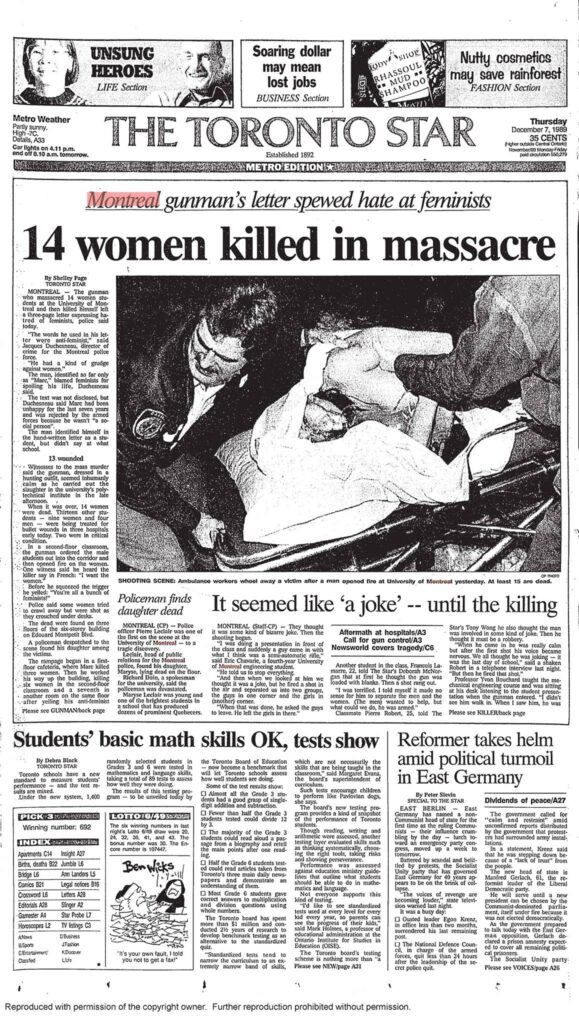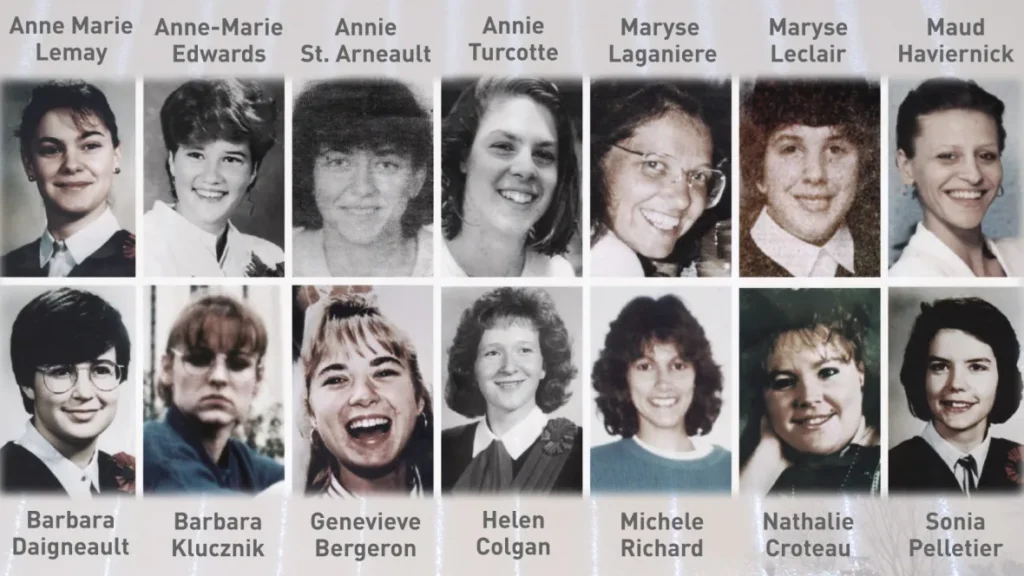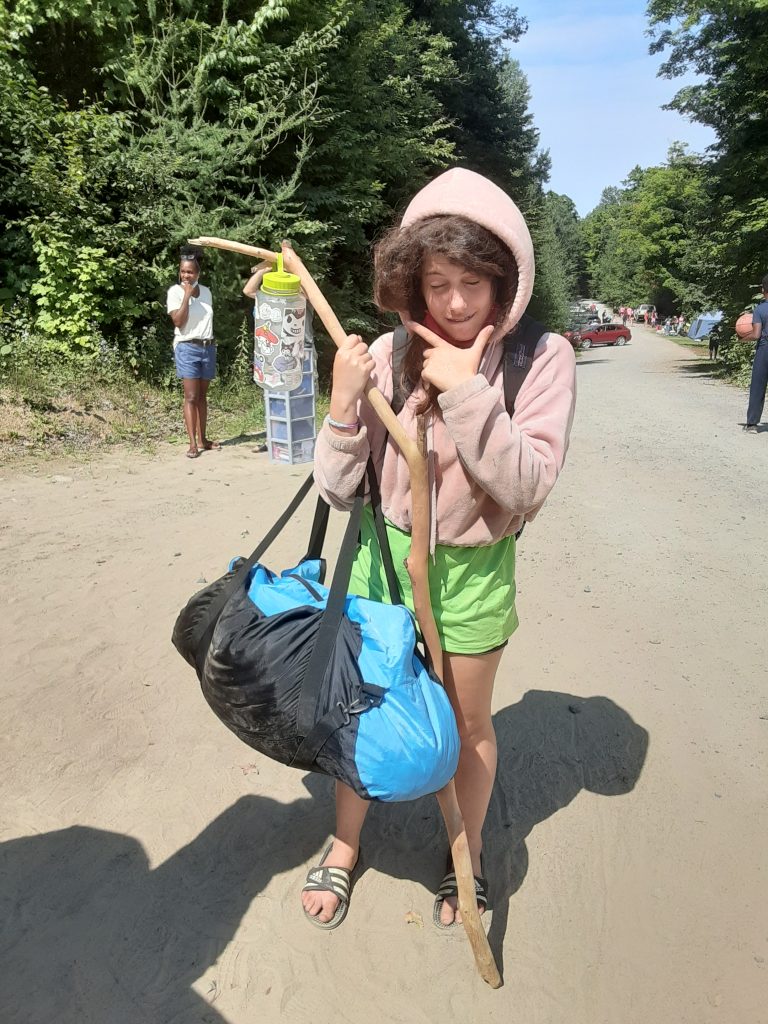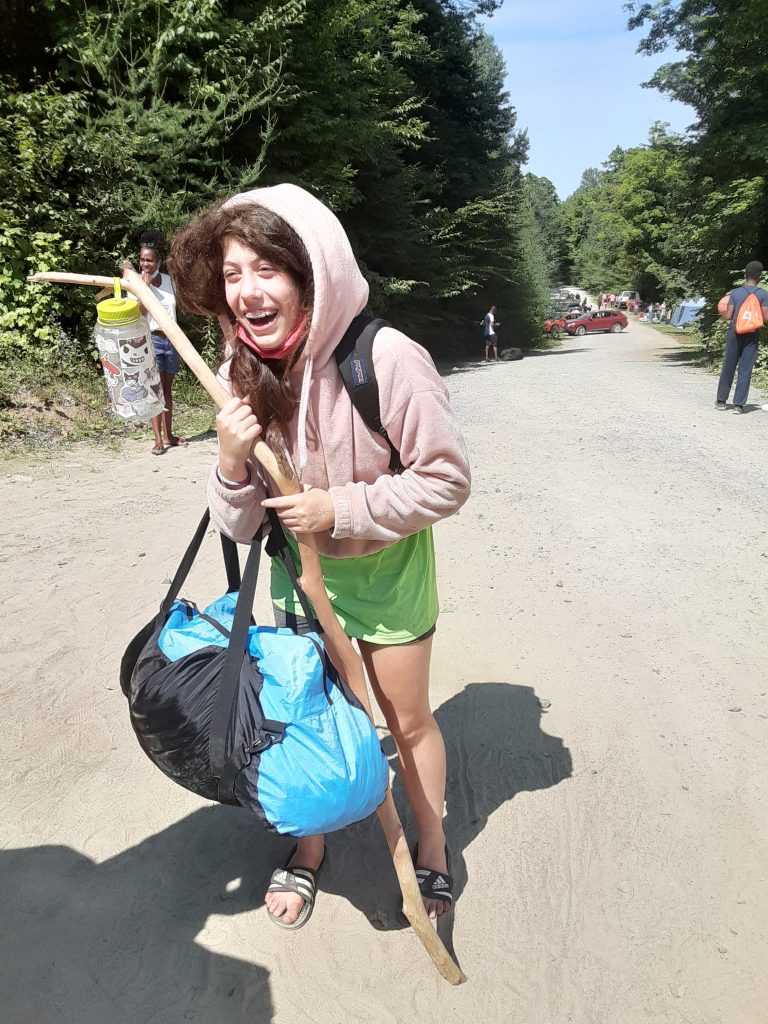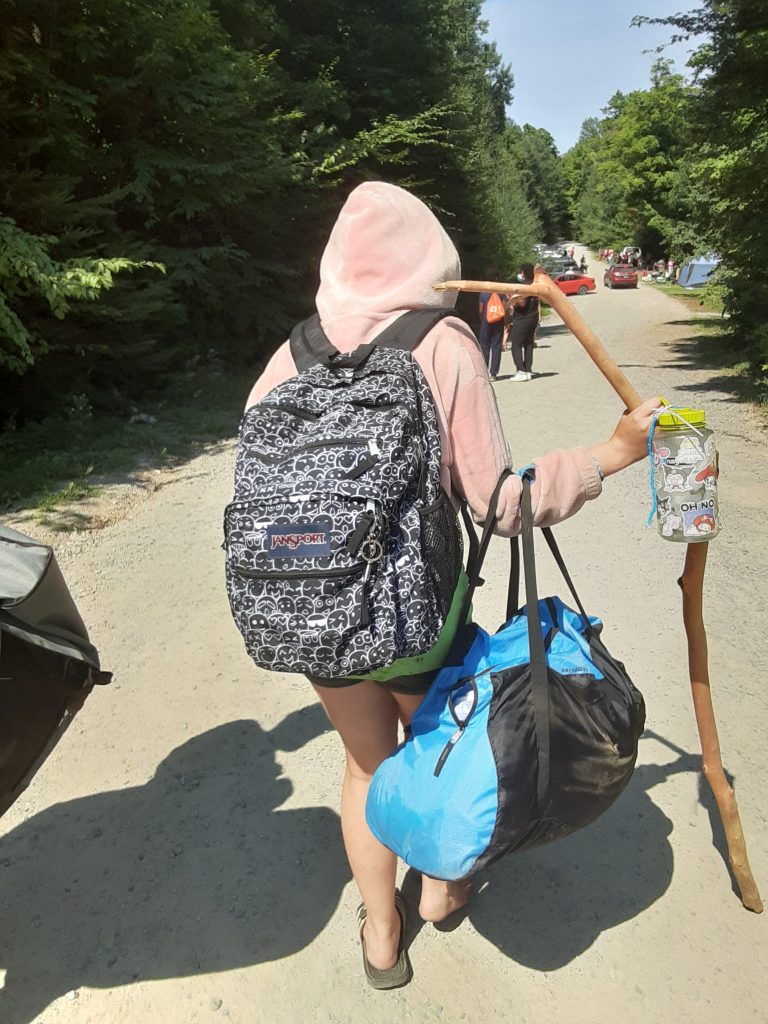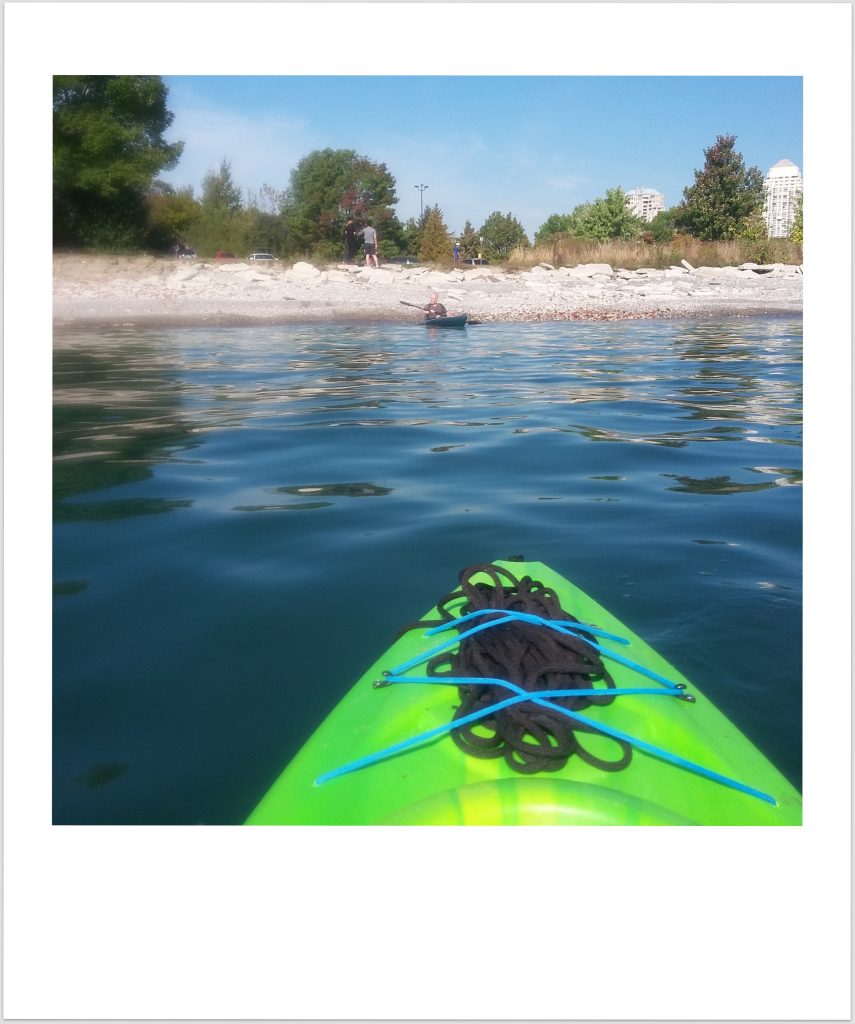I wake every morning before dawn–sometimes hours before dawn, especially in this dark season–and rise to perform the morning rituals. Sit on the toilet, greet the cats (this morning Milo was sleeping rather sweetly in the bathtub), read a few pages (currently Margaret Christakos’ book Her Paraphernalia, but at other times it might be a decor magazine, Erazim Kohak’s The Embers and the Stars or an old cookbook found in the little library down the street), refresh the water dishes and clean the litter box on the third floor, and descend to the second to do the same (later, my husband will deal with litter box on the ground floor, because hunting for nuggets in all three litter boxes first thing in the morning is beyond my tolerance). Feed the cats (really, there are only two of them, but they are very spoiled), put away last night’s dishes, wake our daughter, nag her again to get up, and then, twelve minutes later, make dire pronouncements about the time and remind her she cannot blame the subway for her lateness more than once a week.
[If luck is with me, there will be a moment to glance out at the dawn, and to glean the day’s weather from it. This morning’s dawn: clear, cool, the trees stark against the pale sky, peach fading into pale blue; finches at the feeder; a squirrel rustling in the nest it has built in the Juliet balcony outside the third floor front window—tolerated because it cannot do any structural damage and entertains the cats.]
See our daughter off to school, greet my husband, discuss morning schedules, help with caregiving downstairs (early in the pandemic we moved my mother-in-law into the ground floor of our home—fortunate to have dedicated space in our formerly apartmentized house—cleaned out and sold her condo, dealt with the difficult transition, began learning how to navigate the bureaucratic labyrinth of Ontario’s eldercare system), walk the cats —
A year ago, at this point I would have disappeared into my office to organize a lecture, mark papers, respond to the deluge of student emails, deal with departmental bureaucracy, and, during the term last year when I ran an 8:30 Zoom class, teach for three hours before stopping to catch my breath and notice the patterns of light and shadow in the cedars.
A friend asked me recently what it is like to retire. I don’t really know, I said: it’s not as if things are any less busy.
And yet: the ceaseless stress, the tightness in my chest; the compounding urgencies; the roller-coaster of term; the steady string of heating or plumbing emergencies downtown—these I have almost forgotten to miss.
Our days are still very busy. Last week my husband had to take his mother to the hospital after a fall, and caregiving for someone with dementia is a 24/7 challenge; parenting our bright, creative, athletic, socially active kid is itself a full-time job; I still have publishing deadlines; we still have business affairs to attend to.
I have the project I’ve returned to, about which I will say little except that hopefully you will see it in print before too long.
And I have rowing, about more anon. Nearly every day, preferably in the morning, I go down to the basement to row for up to an hour (or sometimes, when I have foolishly committed to a half marathon, close to two). During the pandemic when the gyms were closed, we bought a Concept2 Rowerg, and it has been life-changing. After using the rower on and off for a year, I took seriously to rowing in March of this year, and in that time I’ve rowed well over a million metres, joined an international virtual team (which placed 59th out of 746 teams in the Fall Team Challenge and 8th out of 167 teams in our size category), rowed two half marathons, and lost 30 pounds. I work hard at rowing, and my top ranked workouts are in the 80th percentile in my category (not the half marathon, though, where I’m ranked 29th out of 76 bad fifty-something bitches who also like to row hard core).
Yesterday morning I rowed for an hour (while watching Man on the Moon), and then went out to put the gardens to bed. I didn’t finish everything before dark, but did manage to get the Hallowe’en decorations packed carefully away, put pumpkins into the compost, raked leaves, swept the front porch, put the hoses away, brought out the (shudder) snow shovels, and emptied the rain barrel. Today I hope to finish raking and sweeping, plant next year’s garlic, empty planters, and tuck the gardening décor and equipment carefully away in the garage.
Complicating today’s plans is the Education Workers’ labour action, a volatile situation that has closed schools in the Toronto District School Board and left students doing so-called asynchronous learning, with uncertainty about whether, when and how learning will resume later this week. This morning my daughter is finishing off some assignments and a couple of art pieces, while we keep checking the news for updates.
A Short Aside on the Education Workers’ Strike
My own view about the situation? In summary: (1) I believe in the principles that govern trade unionism and wholly support the collective bargaining process laid out in the Ontario Labour Relations Act. (2) I had some issues with OSBCU (Ontario School Board Council of Unions, representing over 50,000 Ontario education workers, including administrative and custodial staff, educational assistants, early childhood educators, and library technicians)’s approach to bargaining, namely the significant wage demands (yes, declining real wages and yes, inflation, but tell that to private sector workers earning minimum wage) and what seemed, from the outside, as its brinkmanship approach to conciliation and the strike vote process (the Province’s subsequent moves make OSBCU’s approach a lot more understandable). To be clear, I support the Union’s aims, but have found some of its moves seemed (again, from the outside) tone-deaf and short-sighted. (3) At the same time, nothing could be more tone-deaf than the Province pushing through legislation last week to impose a collective agreement and declare any OSBCU labour action ‘illegal’–ordinarily this would itself be an illegal act, given that labour rights are Constitutionally protected in the Charter of Rights and Freedoms, but the government has indicated it will invoke the Notwithstanding Clause, which it appears to see as offering it a free pass from democratic accountability.
I see this not only as an idiotic move on the part of the Provincial government, but also as an authoritarian, deeply undemocratic action. Not only does it abrogate the statutory basis of labour relations in Ontario, it directly undermines the democratic process in Canada. Worse still, it wasn’t even necessary. The Province could have waited a few days and easily passed back to work legislation that would have sent unresolved contract issues to binding arbitration. Premier Ford and Education Minister Stephen Lecce could have presented themselves as heroes standing up for public education, and the Notwithstanding Clause could have been kept in its box. Instead, most Ontarians blame Ford for the debacle, and labour advocates are now calling for a general strike.
Already this morning I see evidence the Premier might be backing down, and ‘walking back’ his threat to invoke the Notwithstanding Clause. If this actually happens, labour advocates will claim it was the threat of a general strike that did it, but it is almost certain that constitutional law experts within his own party have told Ford to back the eff down unless he wants to spend the rest of his term in office fighting a myriad of constitutional issues all the way to the Supreme Court of Canada.
In the meantime, however this travesty ends, it will mean that public support for the Ford government (returned to office in June 2022 with a stronger majority than it initially secured in 2017) will be deeply and likely irretrievably eroded, that public sector unions will be further on edge, that families with children in school will have terminally lost faith in the Province, and that the Notwithstanding Clause–even if not invoked this time–will have been firmly and disastrously let out of its Pandora’s Box. The winners: public sector education unions, who will be able to assert, somewhat accurately, that they are standing up not only for public education but also basic labour rights.
As my mother would say: Oh, the unmitigated idiocy of it all.
And Now For Something Completely Different
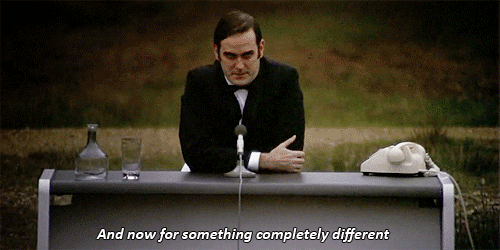
Well. At least it is a gorgeous November day. My pineapple sage are blooming, and with some luck I will be able to plant the garlic. The garlic are the last thing I plant every fall, in faith that spring will come and things will bloom again.
[Note: I’ve posted an update and a few more thoughts in the next post.]
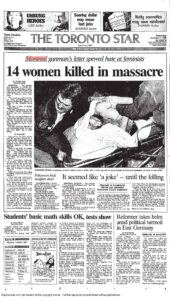 I don’t remember where I was on 6 December 1989. I do remember following the massacre on the news, and struggling to grasp its implications. At 17 my relationship with feminism was complicated; it is even more complicated now. But what struck me then, and strikes me even more strongly now, is that by “feminists” the shooter really meant “women.” That is what I remember, and that is what I think of 33 years later, in a year in which women’s lives and bodies and basic rights seem as much under threat as ever.
I don’t remember where I was on 6 December 1989. I do remember following the massacre on the news, and struggling to grasp its implications. At 17 my relationship with feminism was complicated; it is even more complicated now. But what struck me then, and strikes me even more strongly now, is that by “feminists” the shooter really meant “women.” That is what I remember, and that is what I think of 33 years later, in a year in which women’s lives and bodies and basic rights seem as much under threat as ever.